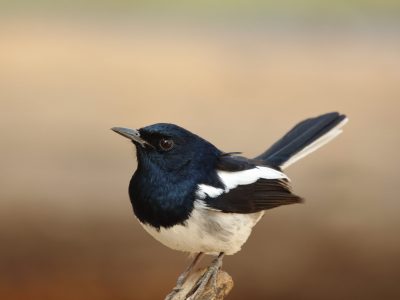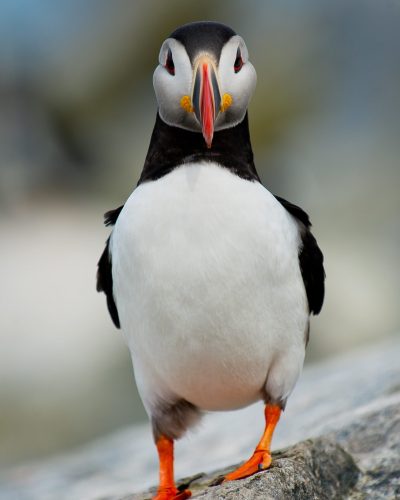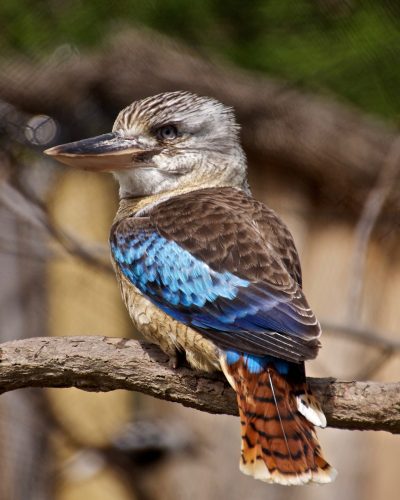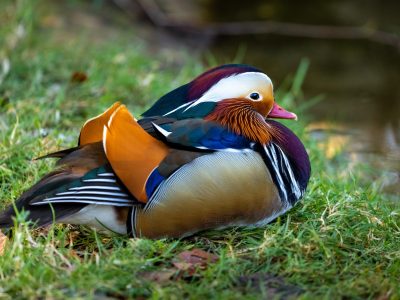Portland Bird Observatory
Charity organisation
When, for instance, waders fly in a single rush from North America to Australia without landing, one can observe the record-breaking values of bird flights. The evolution of the circulatory and other physiological systems, the genesis and maintenance of homo-thermia, and other general biological issues are also addressed in birds. A full genetic map is being created as a result of the explosion in genetic research. When ornithologists are required to carry tents, sleeping bags, binoculars, and other equipment, prepare meals over a campfire, among other things, it occasionally works the other way around and gives off a strange air. An ornithologist’s work typically includes field and lab study.
We produce new knowledge as a result of our labor because we are scientists. In other words, we need to share our successes, speak at conferences, and write articles. The conservation of our locations, or the preservation of the birds or their habitats, is the intended outcome of our activity when it is more heavily centered on conservation initiatives. The beak’s shape is also a very advantageous characteristic. Many of these indications are frequently ignored even if they appear evident.
Determiners list the bird’s size next to its figure because it is a significant distinction. These numbers, however, are of very little help unless you have a comparison pattern in mind. Comparisons with three well-known birds are easiest to draw. The body length of a house sparrow is 16–18 cm, that of a crested crow is 31–35 cm, and that of a crow is 44–49 cm. Now, you can estimate a bird’s size quite fast by applying the criteria “as big as a crow” or “a little smaller than a sparrow.” If a bird is discovered alongside other species that you are familiar with, you can gauge size in relation to them.



